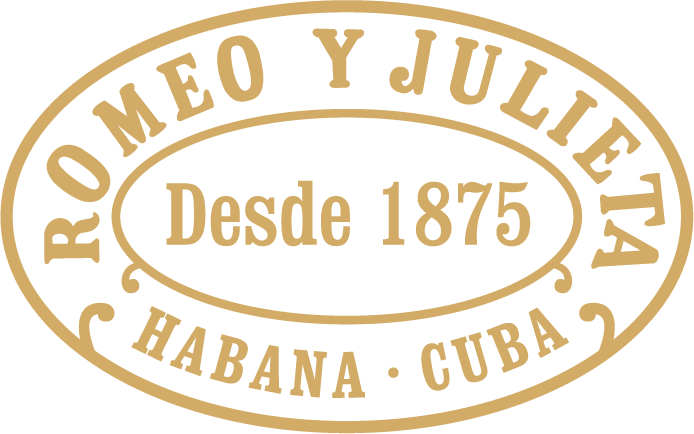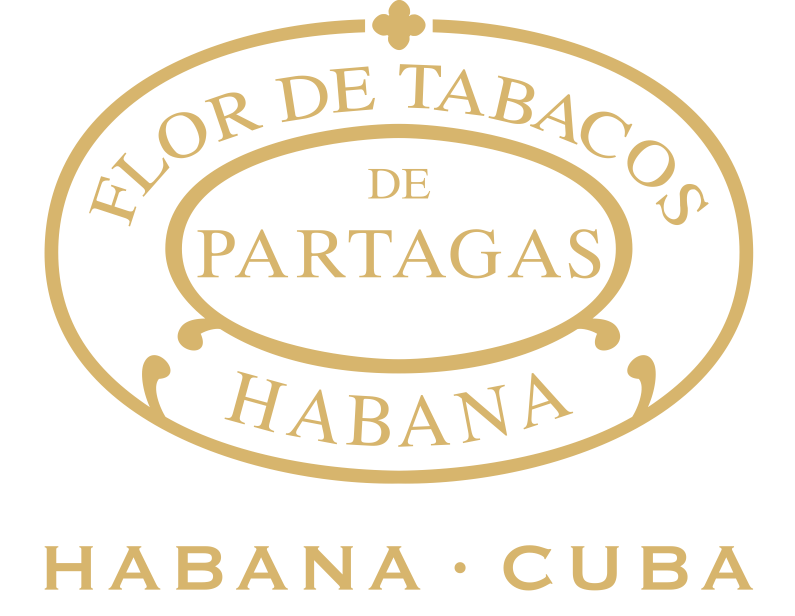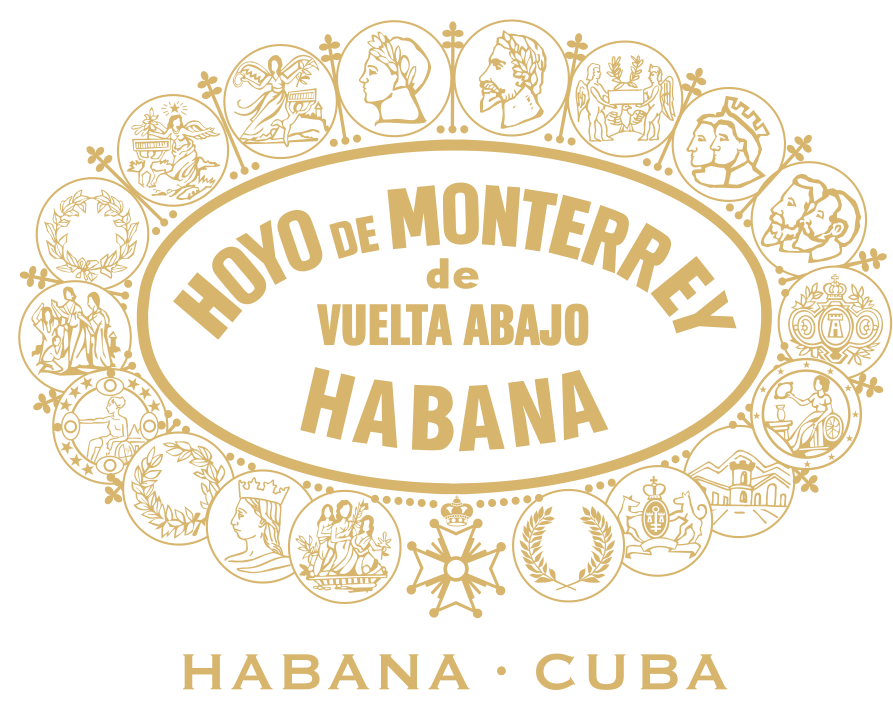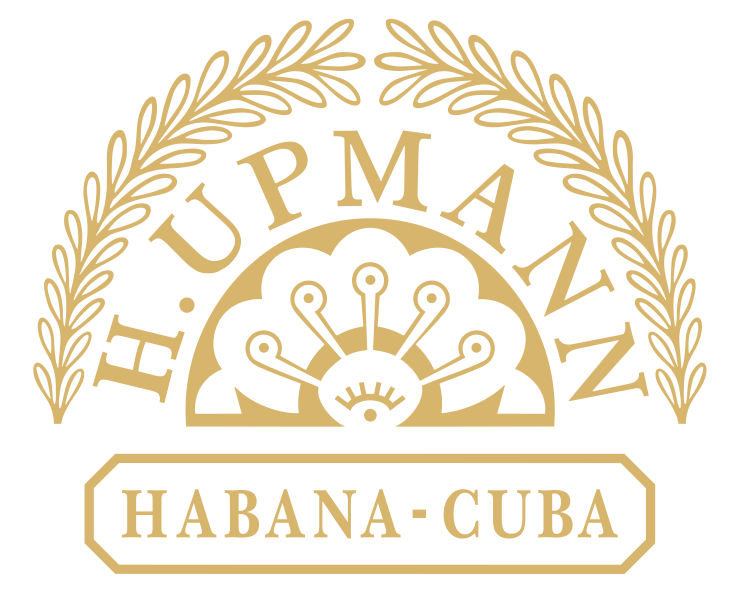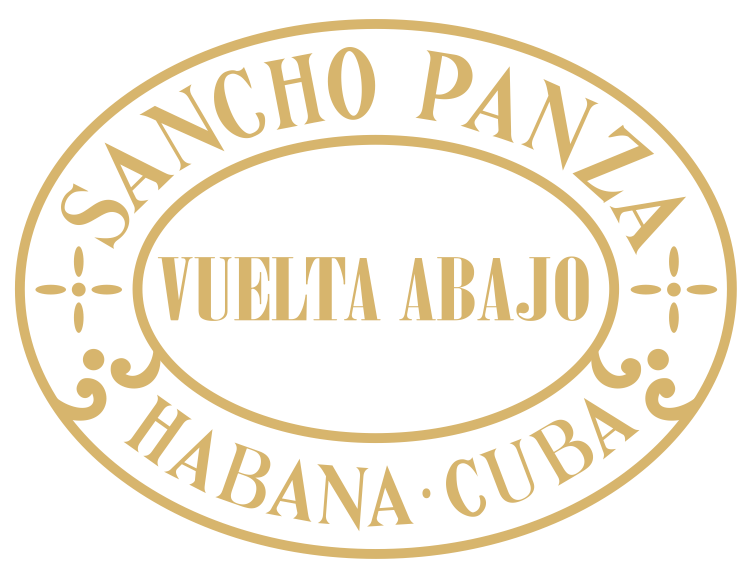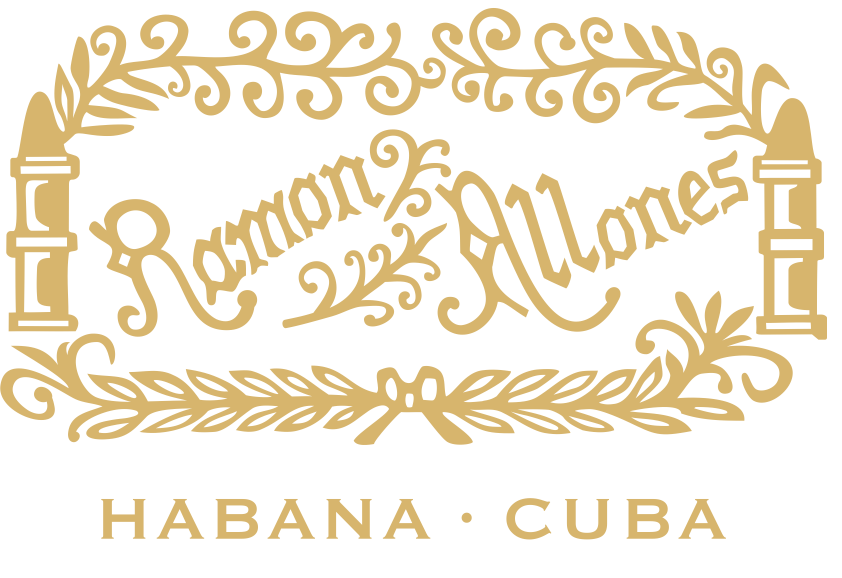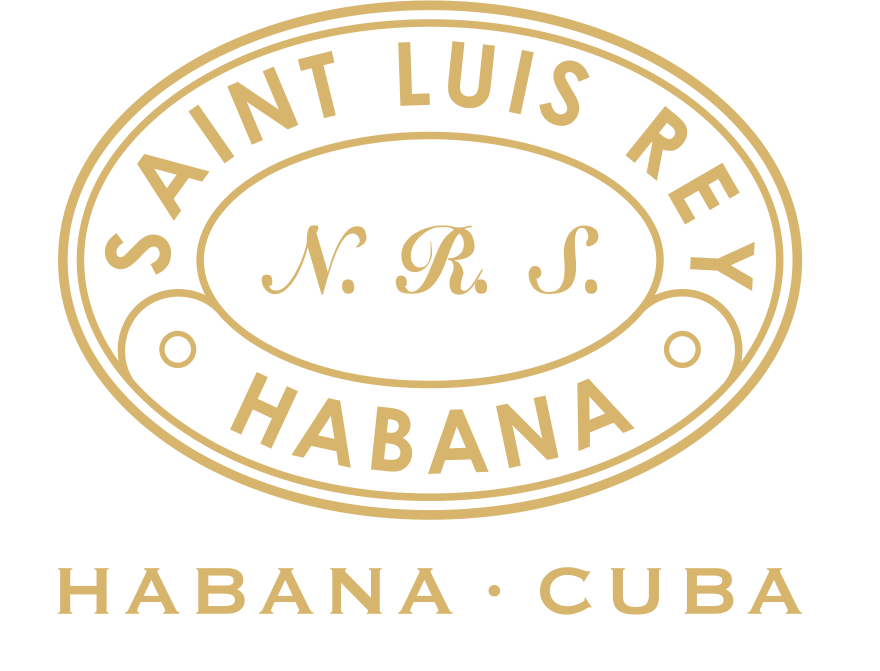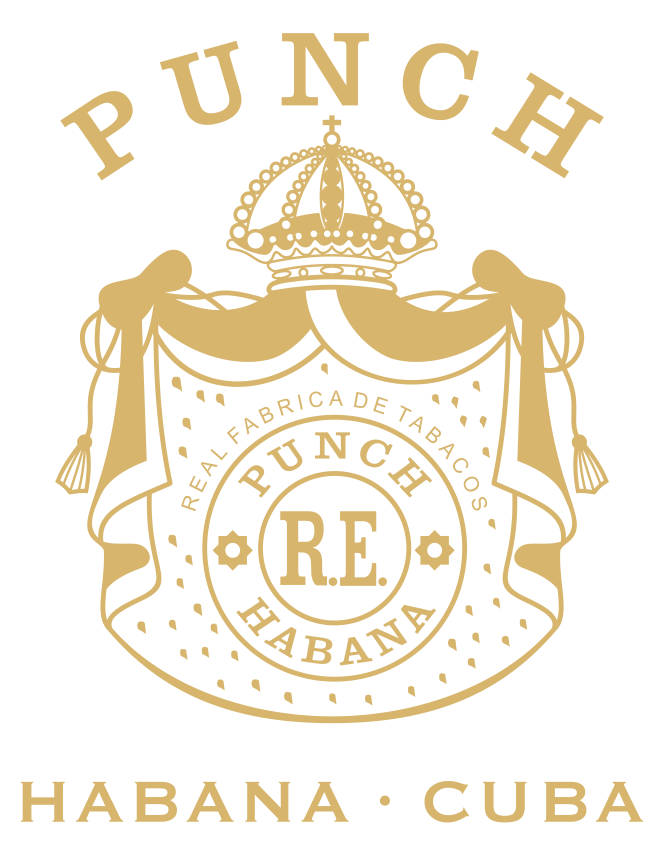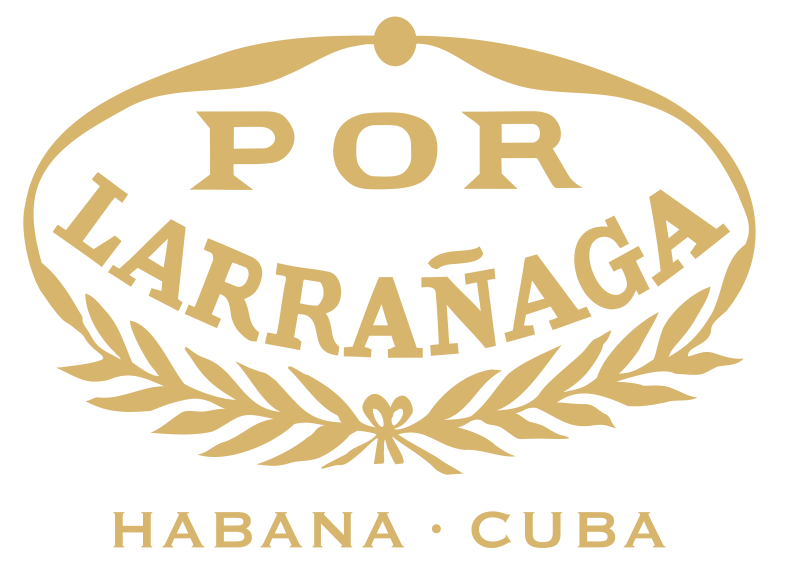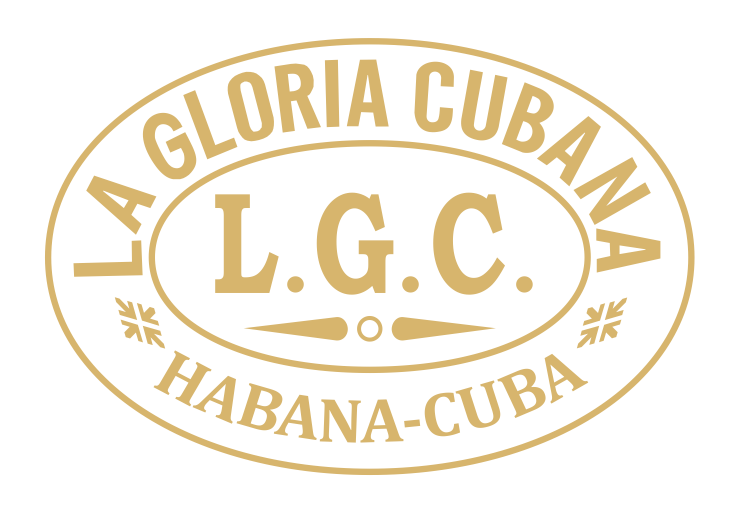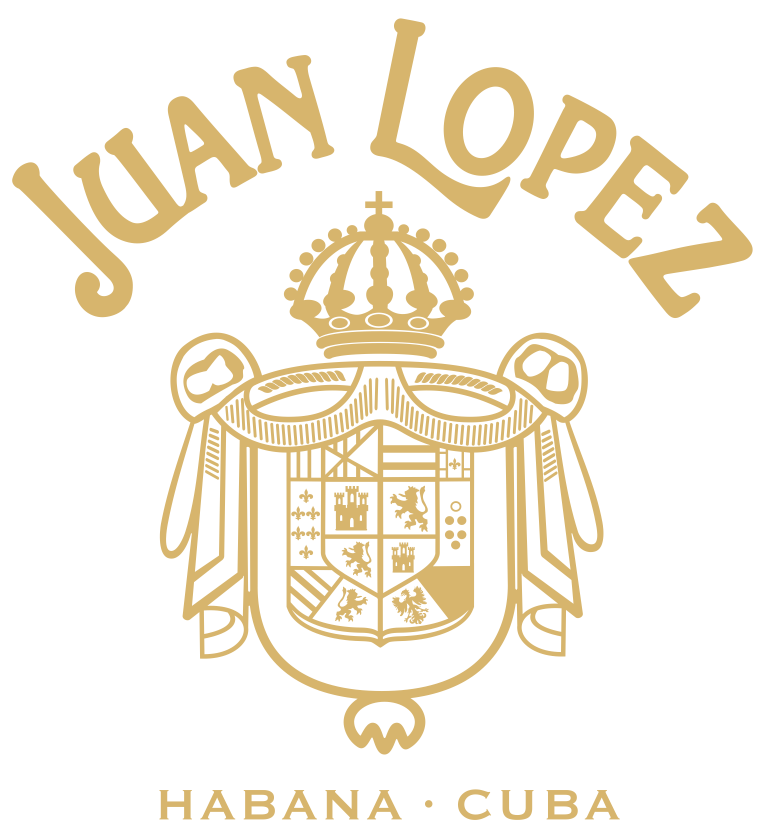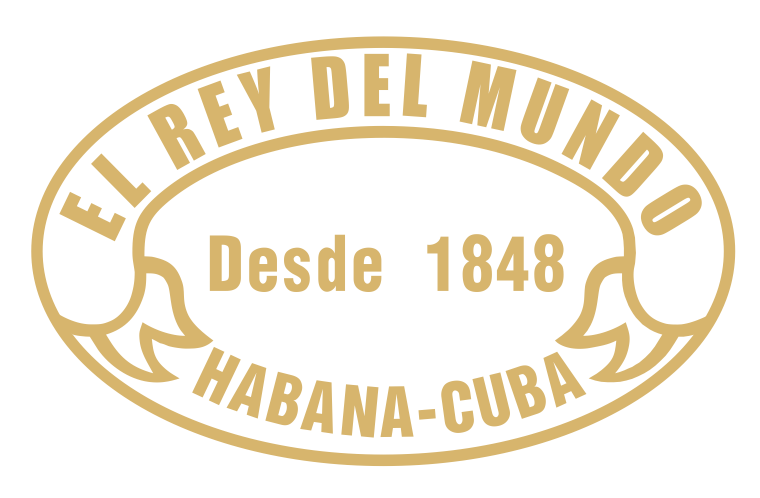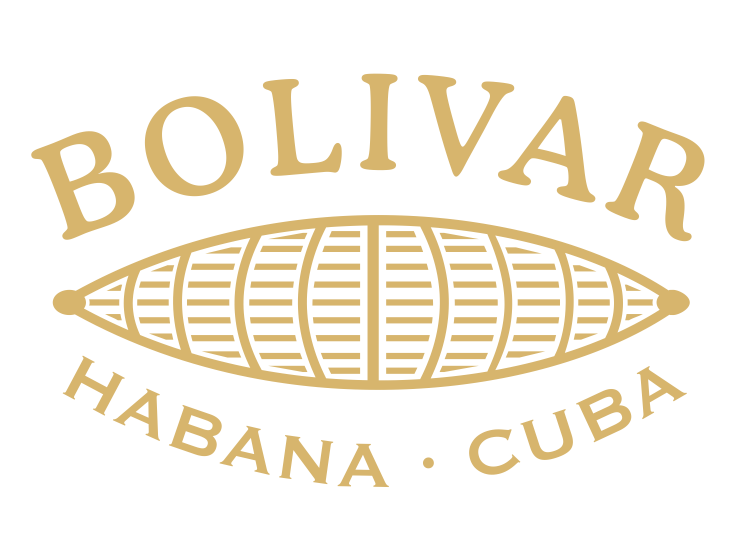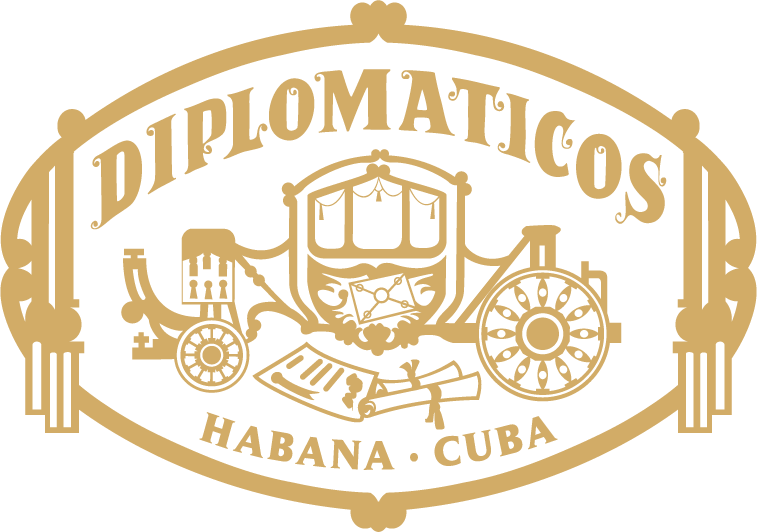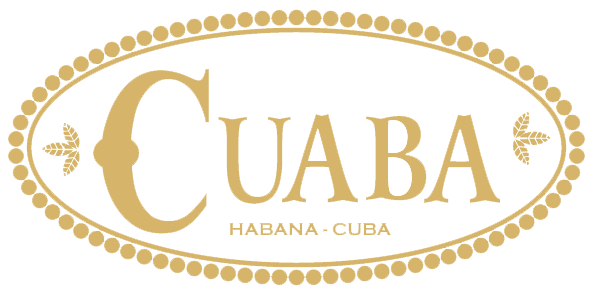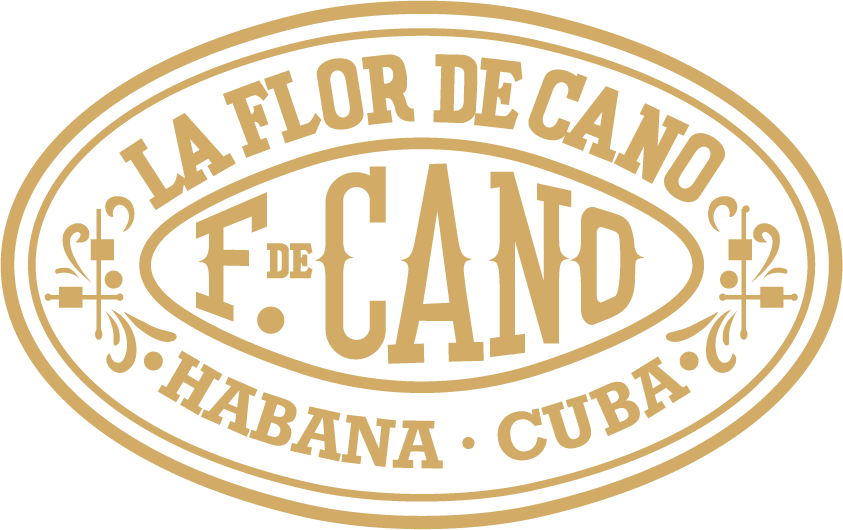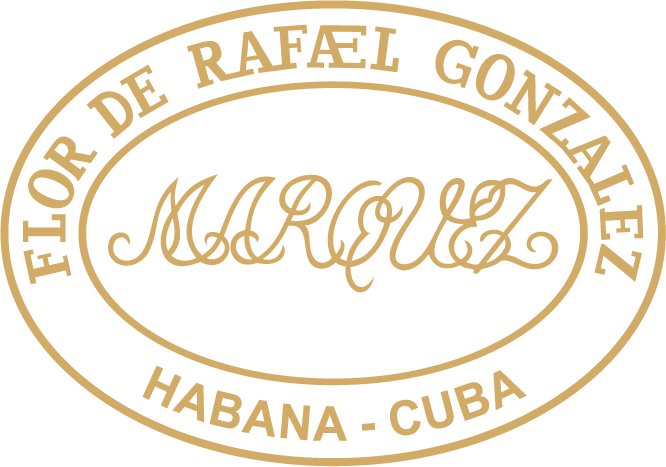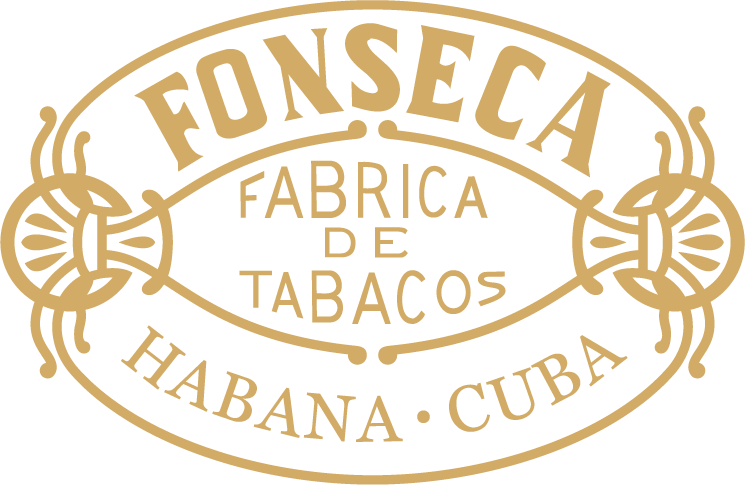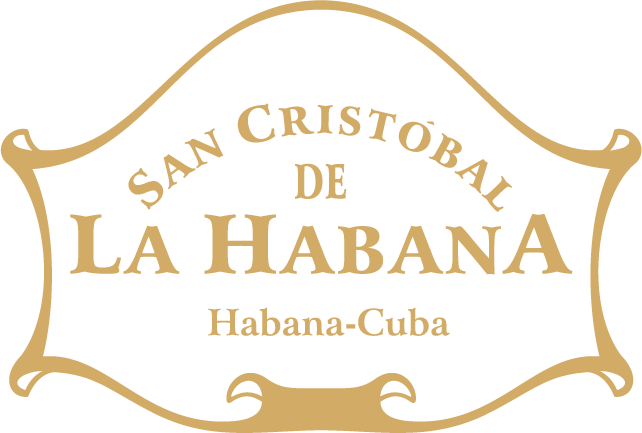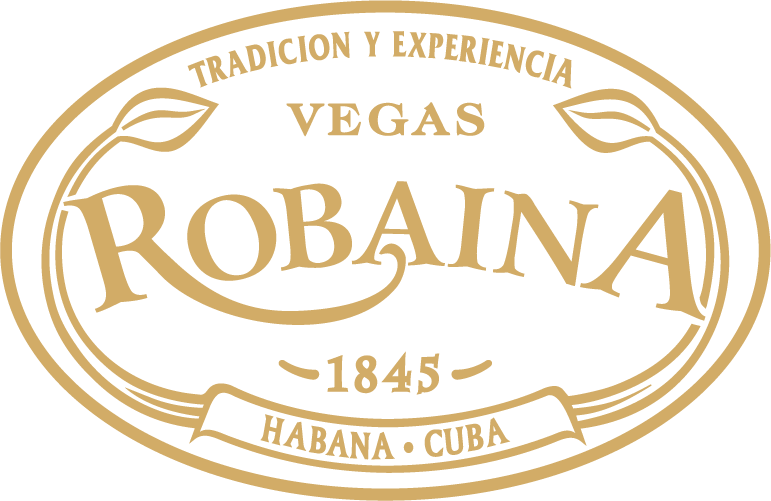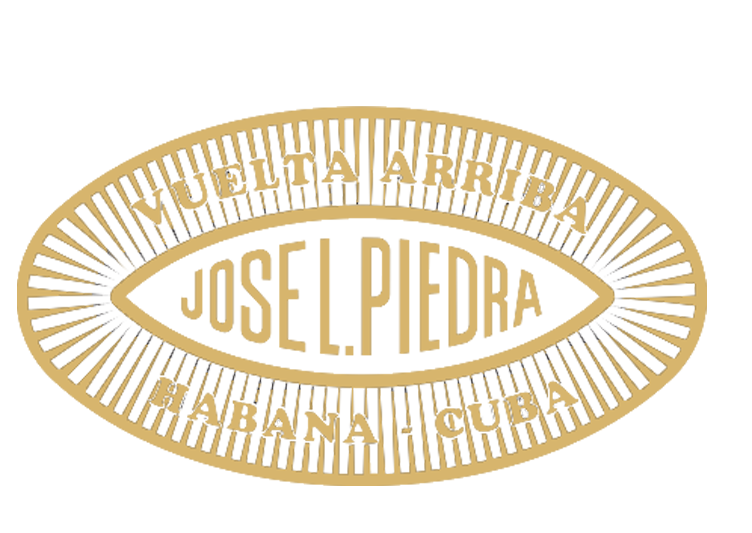Tabaco de sol (sun grown)
Sun-grown leaf for Fillers and Binders
Filler and binder leaves on the other hand are subjected to a much more complex and extensive process than wrappers, including several fermentations as is revealed below.
Air curing for Fillers and Binders
All filler and binder leaves are cured in the farmers’ traditional Curing Barns. As with wrappers, the leaves are sewn together and hung over poles and, throughout the curing process as the leaves lose humidity, the poles are raised progressively to the upper part of the barn. Again the ventilation and light are adjusted constantly to allow for natural variations in temperature and humidity.
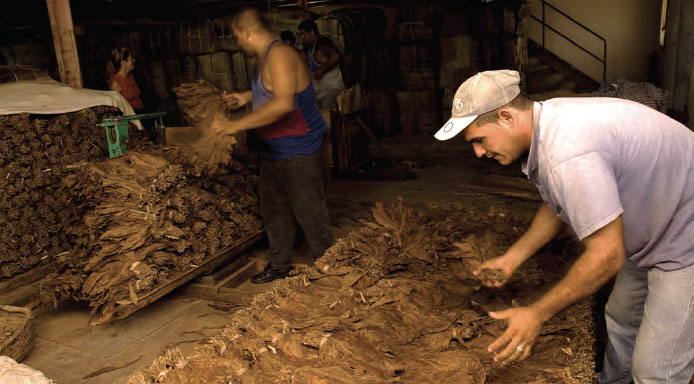 Building piles of filler and binder leaves at the Stripping House for fermentation.
Building piles of filler and binder leaves at the Stripping House for fermentation.
This process lasts for a minimum of 50 days, with longer periods for the leaves taken from the higher levels of the plant.
First Fermentation of Fillers and Binders
Still in the farmer’s Curing Barn, fillers and binders are subjected to their first fermentation. The leaves from each pole are gathered intogavillasthen placed in piles and covered in cloth with a view to reducing further the natural humidity still contained in the leaf after its curing.
The fermentation process is precisely the same as takes place in a garden compost heap. Moisture and compression combine to generate heat. Constant supervision is required to ensure that things do not go too far.
Fermentation is essential to the smoking quality of the cigar. It sweats out impurities in the leaf, smoothing the flavour and reducing acidity, tar and nicotine.
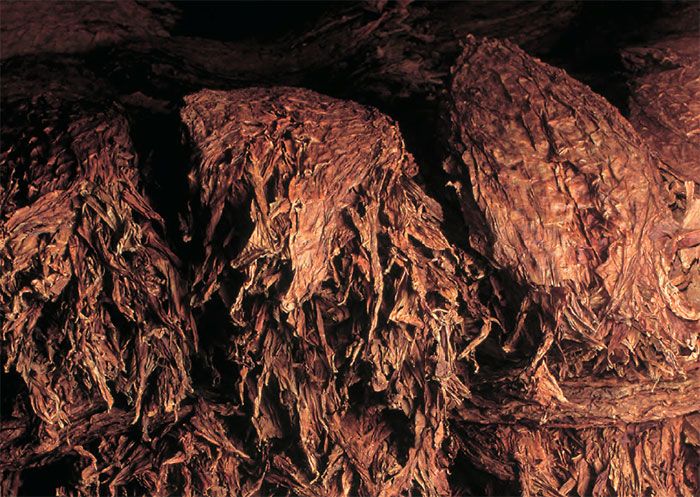
This first fermentation takes a maximum of 30 days to complete. The leaves taken from the top levels on the plant need longest periods of time because they are thicker and richer in oils.
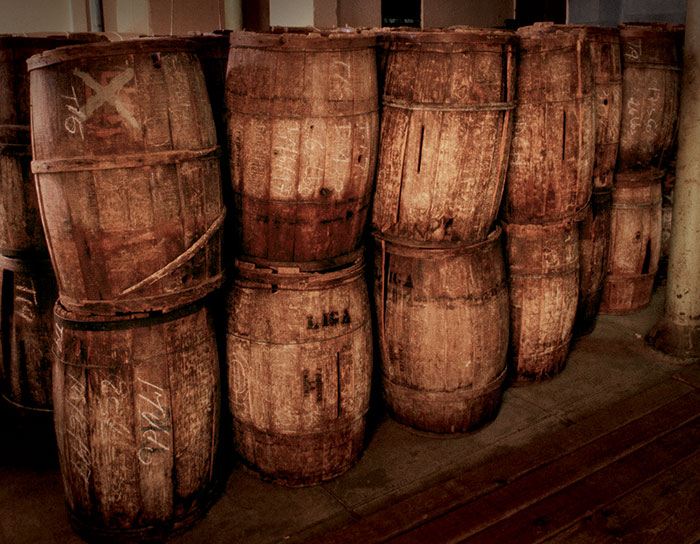 The final stage of fermentation is sometimes conducted in barrels.
The final stage of fermentation is sometimes conducted in barrels.
Sorting and classification of Fillers and Binders
It is at this stage that theEmpresa de Acopio y Beneficio del Tabacobuys the filler and binder leaves from the farmer and assumes the responsibility for the next phase which takes place in theEscogidaor Sorting House, where the leaves are taken after the first fermentation in the curing barn.
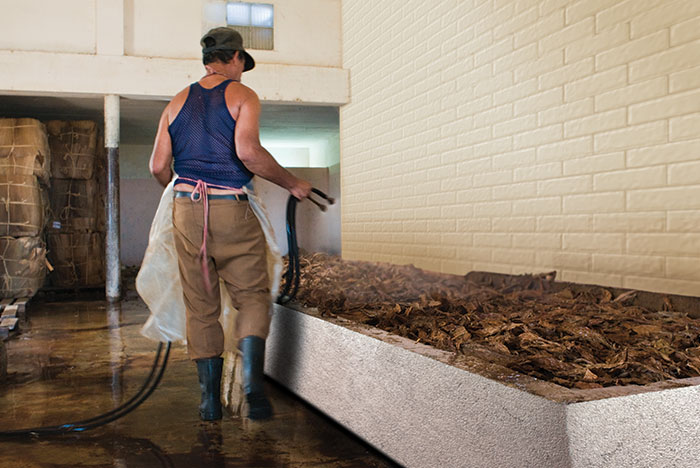 Pure water is now used for the moistening or moja at the Stripping House.
Pure water is now used for the moistening or moja at the Stripping House.
The leaves are first moistened and aired to make them easier to handle and less vulnerable to damage during the classification. Then they are sorted and grouped in the four essential categories of flavour or [tippy title="Tiempos"]The same as Fortalezas. Different grades of filler leaves needed for various purposes required in blending the Habano.[/tippy] that will be combinedin the blends of filler for Habanos: [tippy title="Medio Tiempo"]One of the tiempos or families of filler leaves. This one describes the fullest flavoured leaves found only amongst the top two leaves on a sun-grown plant. Very rare. Fortaleza 4.[/tippy], [tippy title="Ligero"]One of the tiempos or families of filler leaves. The word translates as "light" although it is used to describe the leaves taken from the top of the plant that are rich in flavour and usually dark in colour. Fortaleza 3.[/tippy], [tippy title="Seco"]One of the tiempos or families of filler leaves. This one describes the leaves of medium flavour taken from the middle of the plant, which contribute much to the Habano's aroma. Fortaleza 2.[/tippy] and [tippy title="Volado"]One of the tiempos or families of filler leaves. This one describes the light flavoured leaves taken from the bottom of the plant, which help the cigar to burn.[/tippy].Volado leaves are collected from the lowest part of the plant and have little strength. They are also referred to as [tippy title="Fortaleza"]Literally strength. Fortaleza 1, 2, 3 and 4 are synonyms for volado, seco, ligero and medio tiempo.[/tippy] 1 (Strength 1) and the biggest and best of them are classified as binder. Thesecoleaves are taken from the middle of the plant and are renowned for their aroma. They have medium strength (Fortaleza2).Ligeroandmedio tiempoleaves come from the top of the plant and are the strongest in flavour (Fortalezas 3 and 4).
After this strict process of selection that is essential to the Habano, only around half of all the leaves will make the grade and be classified asmedio tiempo, ligero, seco, voladoand binder that will finally be used to make Habanos.
Second and third fermentations of Fillers and Binders
Following classification into thetiemposorfortalezasthat will be used in the preparation of blends in the factories, the leaves continue their long process of refinement.
In a building called the [tippy title="Despalillo"]The Stripping House where selected binder and filler leaves have their stems part-stripped and where second fermentation of the volado and binder leaves and the the second and third fermentations of the seco, ligero and medio tiempo leaves take place. The name also describes the process in the factory where the central stems of wrapper leaves are removed entirely.[/tippy] or Stripping House where they have been taken from the Sorting House, themedio tiempo, ligeroandsecoleaves undergo a second fermentation (sometimes also known as the pre-stripping fermentation) inpilonesor piles for a period of 15 days. Thevoladoand binder leaves, which are thinner, are only aired at this stage.
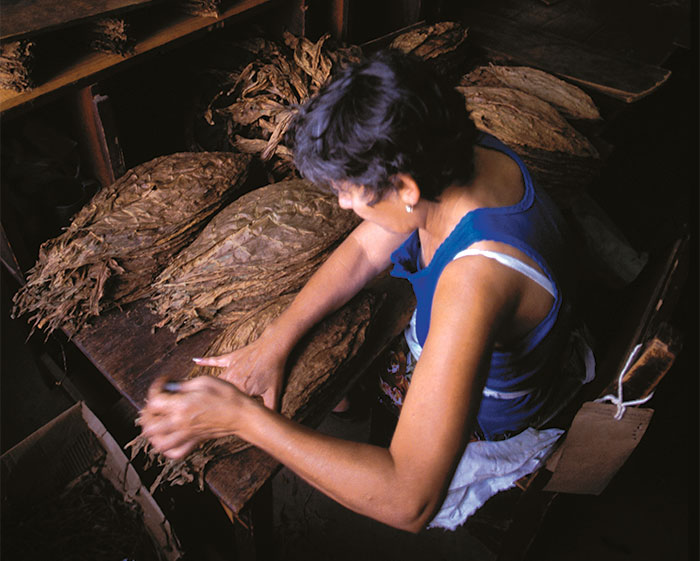 The Despalilladoras, literally strippers, wear a ring-like metal knife on their thumbs to help cut the central veins.
The Despalilladoras, literally strippers, wear a ring-like metal knife on their thumbs to help cut the central veins.
Next all the filler and binder leaves are moistened in preparation for the tasks of stripping and pressing. The sure fingers of the [tippy title="Despalilladoras"]he women who strip the binders and fillers at the stripping houses and the wrappers in the factories.[/tippy] stripout the lower portion of the central vein in each leaf of filler or binder. Then the leaves are stacked in small piles and pressed between boards.
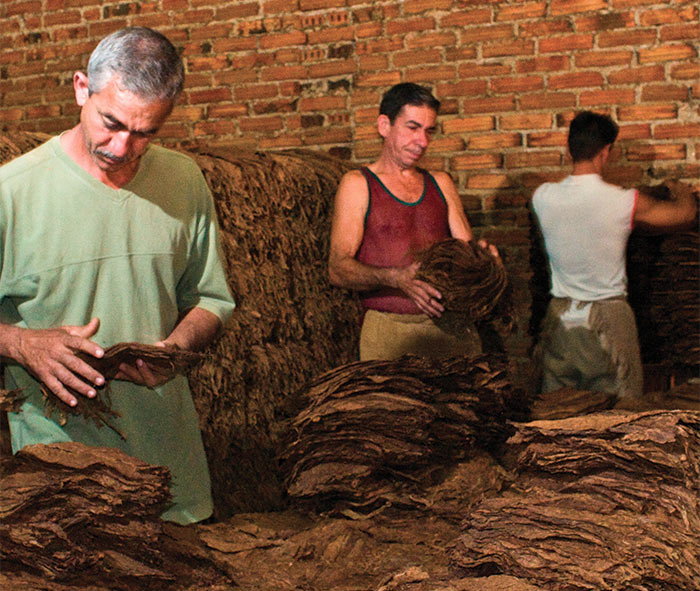 Stacking filler leaves in piles known as “burros”.
Stacking filler leaves in piles known as “burros”.
Subsequently, all the leaves undergo another fermentation. This will be the second fermentation forvoladoand binder leaves, and the third formedio tiempo, ligeroandsecoleaves. The amount of time taken depends strictly upon the type of tobacco being 15 to 25 days forvoladoand binder, 45 to 60 days forsecoand around 90 days formedio tiempoandligero. For these fermentations the tobacco is stacked in piles known as burros covered in cloth, and the process is triggered by the water content retained in the leaf after the moistening that took place before the stripping.
The temperature during fermentation must be watched with great care. When it gets too hot, the pile is broken up, the leaves are allowed to cool down and the stack is rebuilt the other way round (bottom leaves to the top, top leaves to the bottom). This may happen several times in the course of the fermentation.
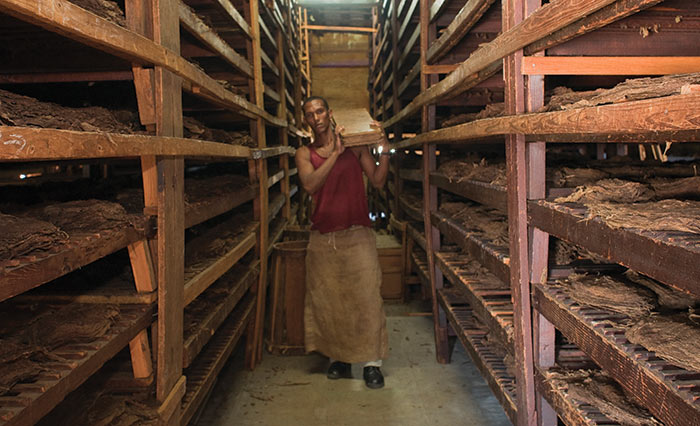 Airing filler leaves on racks after the final fermentation.
Airing filler leaves on racks after the final fermentation.
Baling and ageing of Fillers and Binders
After this last fermentation, the leaves are aired on racks for a few days, then packed and transferred to the warehouse for the final patient process of ageing.
The fullest-flavoured leaves (ligeroandmedio tiempo) are aged the longest – for a minimum of two years. Meanwhile the lightest-flavoured leaf is aged the least. Like a fine wine, the longer the leaf is left to mature, the better it will be.
Filler and binder leaves are packed in hessian bales calledpacas. Each bale carries a label with all the information about the leaf it contains including its size, the year of harvest and the date of packing. In addition the labels on pacas indicate the leaf’stiempoorfortalezaas well as both the [tippy title="Escogida"]The Sorting House where the classification of all leaves - wrappers, fillers and binders - takes place and also the site of the fermentation for the wrapper leaves. The name also describes the process in the factory where the finished Habanos are graded into different colours and shades for boxing.[/tippy] and the [tippy title="Despalillo"]The Stripping House where selected binder and filler leaves have their stems part-stripped and where second fermentation of the volado and binder leaves and the the second and third fermentations of the seco, ligero and medio tiempo leaves take place. The name also describes the process in the factory where the central stems of wrapper leaves are removed entirely.[/tippy] where the binders and fillers were processed.
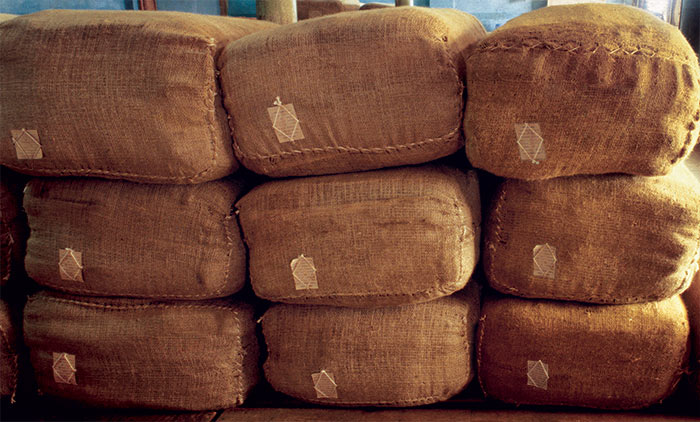 Pacas containing filler and binder leaves before their departure to the warehouse.
Pacas containing filler and binder leaves before their departure to the warehouse.
The labels indicate the specific local character of the leaf which is the key to the distinctive blending of each of the sizes in all the Habano brands. It will allow for the creation of the blends that will be put into practice by the [tippy title="Ligador"]The Master Blender in a Habanos factory.[/tippy] – Master Blender – in each of the factories in Cuba.



